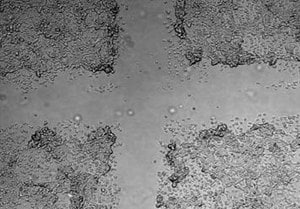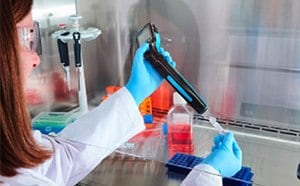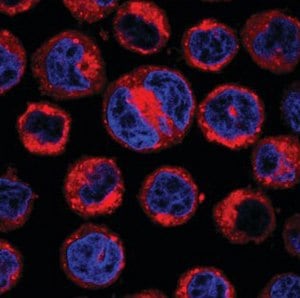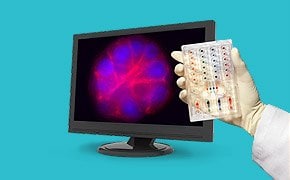Cell-Based Assays
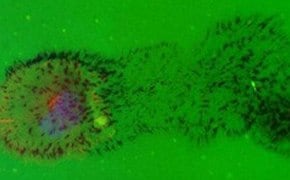
Cellular assays, or cell-based assays, can be used in both biomedical research and drug-discovery screening applications to efficiently quantify cytotoxicity, biological activity, biochemical mechanisms and off-target interactions. The advantages of cell-based assays include the facilitation and generation of complex and biologically relevant data. Unlike traditional biochemical assays, cell-based assays are more physiologically relevant and can assess compound characteristics simultaneously.
Featured Categories
Our comprehensive portfolio of migration assays, invasion assays, scratch assays, and chemotactic and haptotactic Boyden chamber assays enable researchers to simulate the conditions and activities of normal and metastatic cells in vivo.
Accurate, consistent cell counting is critical for cell culture and downstream cellular assays and experiments. A handheld coulter counter provides the most accurate and reproducible cell counts in seconds. Disposable hemocytometers reduce risk in infectious settings.
Reagents for live cell imaging are designed to be nontoxic and to protect live cells while optimizing visualization during real-time studies of cell trafficking and localization, cell health, gene expression, migration, cytoskeletal dynamics, and other cellular events.
The CellASIC® ONIX2 Microfluidic System is a powerful, automated platform that allows precise manipulation of the cell culture environment for live-cell imaging and analysis using mammalian, yeast, and bacterial cells.
Cell Health Assays
Cell viability and proliferation assays can be effectively used to evaluate cell health. Cell viability and proliferation rate are often assessed using dyes such as trypan blue or Calcein-AM, or with fluorescent readouts. These assays may be used to quantify and to assess the health of mammalian cell lines, primary cells and stem cells.
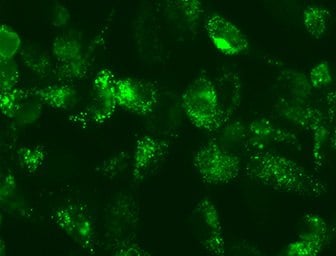
Cell Migration and Invasion Assays
Cell migration is the movement of cells in response to specific external signals, including chemical and mechanical stimuli. During cell invasion, cells can modulate the environment as they migrate through the structure of the extracellular matrix (ECM).
Cell migration and invasion can be evaluated in vitro with widely-used membrane-based migration systems such as the Boyden Chamber assay. Cell migration and invasion kits are oftenn used in cancer research to study cell motility and invasiveness in response to chemoattractant gradients.
Angiogenesis Assays
Angiogenesis is the formation of blood vessels from existing vasculature and is controlled by chemical signals. Angiogenesis assays can be used to study both the induction and inhibition of angiogenesis in in vitro cell models. Cell-based assay development for drug discovery can accelerate optimization of treatments for cancer and other angiogenesis-dependent diseases.
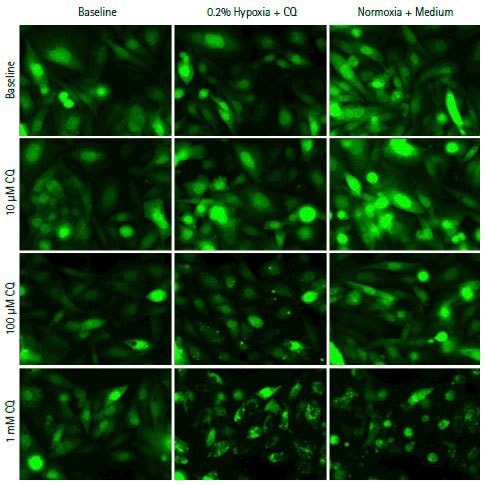
Reactive Oxygen Species Assays
Reactive oxygen species (ROS) are chemically reactive, oxygen-containing molecules. ROS assays can be used to screen chemical compounds and detect or better understand the effects of these species on mammalian cells. Cell-based ROS and oxidative stress assays provide biologically relevant information to assess cell viability, proliferation, or cytotoxicity as opposed to the binding or activity of biological molecules, one of the key differences in cell-based assays vs biochemical assays.
Protein Assays
Protein assays are used to quantify protein concentration. Common protein assays include the enzyme-linked immunosorbent assay (ELISA), used to detect and quantify soluble substances for diagnostic purposes and quality control, and the MTT assay, used to measure cellular metabolic activity as an indicator of cell viability, proliferation and cytotoxicity.
Live Cell Analysis Assays
Live cell analysis can be used to quantitatively measure cellular behavior over time, and to understand the influence of environmental cues. Advanced live cell analysis systems can provide necessary and unique insights into dynamic living processes. This unique insight is achieved microfluidic and other environmental-control live cell analysis chambers that control of gas, temperature, media changes to enable observation of cellular behavior. These instruments are augmented by non-cytotoxic, photostable dyes and fluorophores such as cell tracking dyes and fluorescent biosensors. Photostable media can enhance the stability of fluorescent trackers over long-term imaging studies.
Visit our document search for data sheets, certificates and technical documentation.
Related Articles
- Study tumor metastasis via various migration and invasion assays like Boyden chamber assay, Millicell® µ-Migration Assay, and scratch assay.
- We offer downloadable and printable 24, 48 & 96 well plate templates in PDF, JPG, PNG and SVG formats for design experiments performed in a well plate
- Dextran is a polymer of anhydroglucose. It is composed of approximately 95% alpha-D-(166) linkages. The remaining (163) linkages account for the branching of dextran.
- Cell based angiogenesis assays to analyze new blood vessel formation for applications of cancer research, tissue regeneration and vascular biology.
- Millicell® Microwell plates enable high throughput assay with organoids, closely modeling in vivo blood brain barrier properties.
- See All (16)
Related Protocols
- Cell culture protocol: the endothelial cell transwell migration and invasion assay used to study angiogenesis and cancer cell metastasis. Explore over 350 PromoCell products.
- A rapid in vitro assay for CFTR function, the forskolin-induced swelling protocol uses human colon organoids, which can be derived from cystic fibrosis patient tissue.
- Protocol for the preparation of Antibody Sensitized Sheep Erythrocytes. Includes product numbers and links.
- Guidelines for various bioassays on the MultiScreen system, which makes it possible to carry out an assay from sample incubation to scintillation counting in a 96-well plate.
- Learn how to cultivate similar-sized iPSC-derived colon organoids using Millicell® Microwell plates and perform a forskolin-induced swelling assay.
- See All (9)
Find More Articles and Protocols
How Can We Help
In case of any questions, please submit a customer support request
or talk to our customer service team:
Email custserv@sial.com
or call +1 (800) 244-1173
Additional Support
- Calculators & Apps
Web Toolbox - science research tools and resources for analytical chemistry, life science, chemical synthesis and materials science.
- Customer Support Request
Customer support including help with orders, products, accounts, and website technical issues.
- FAQ
Explore our Frequently Asked Questions for answers to commonly asked questions about our products and services.
To continue reading please sign in or create an account.
Don't Have An Account?